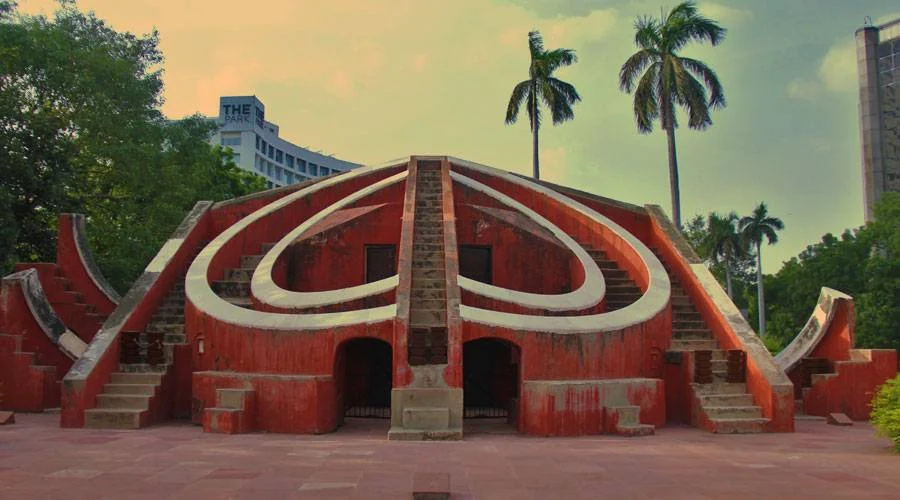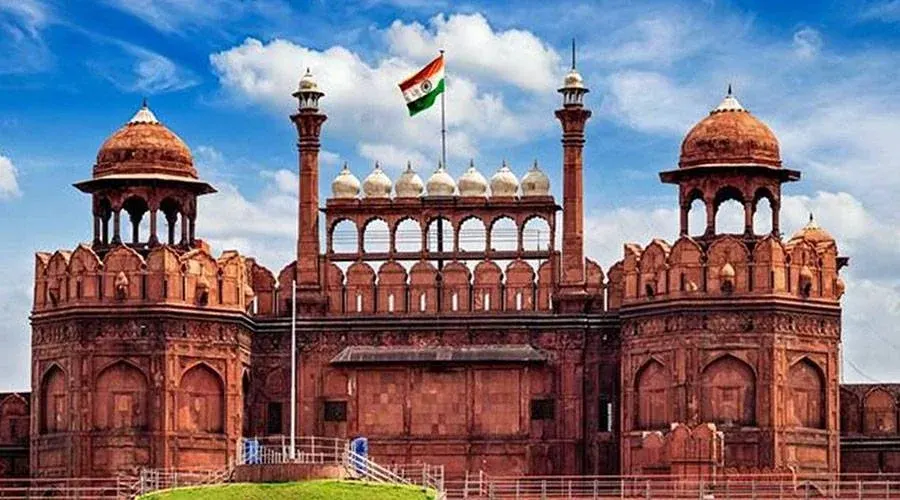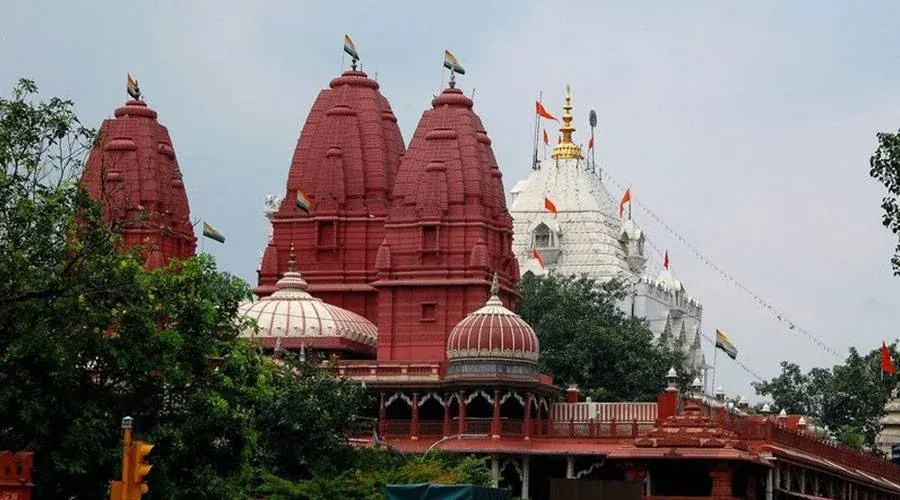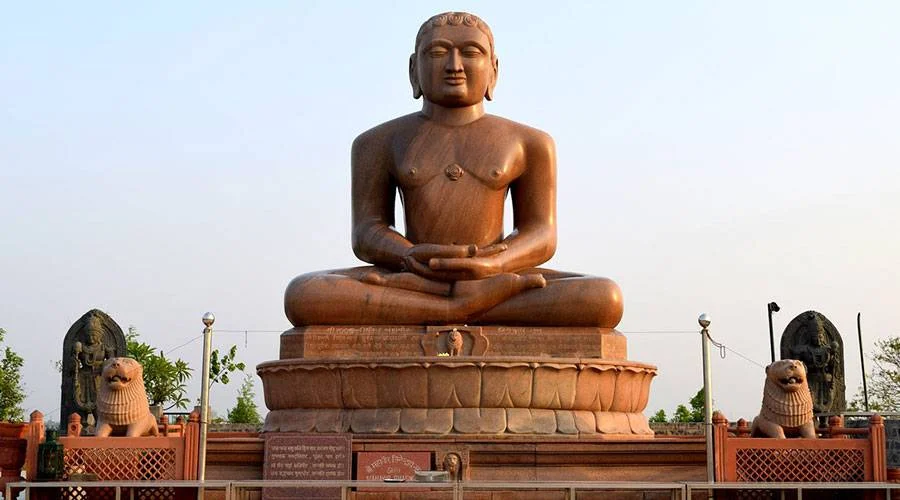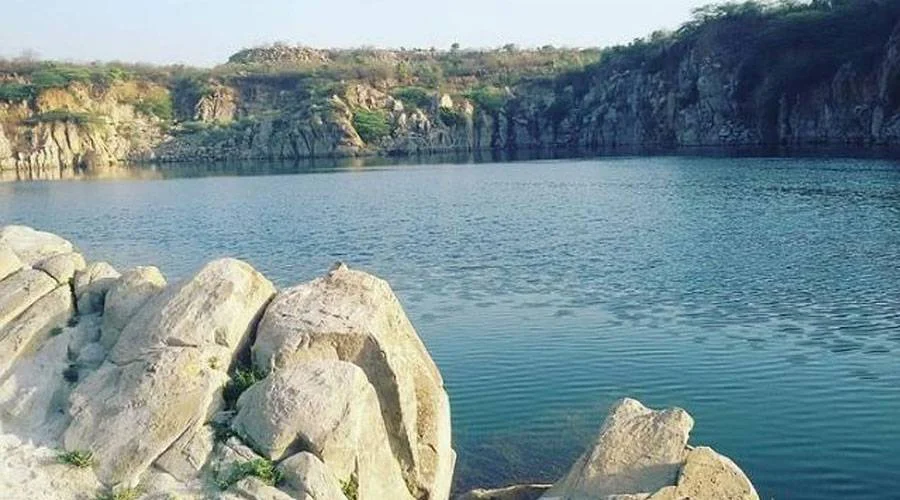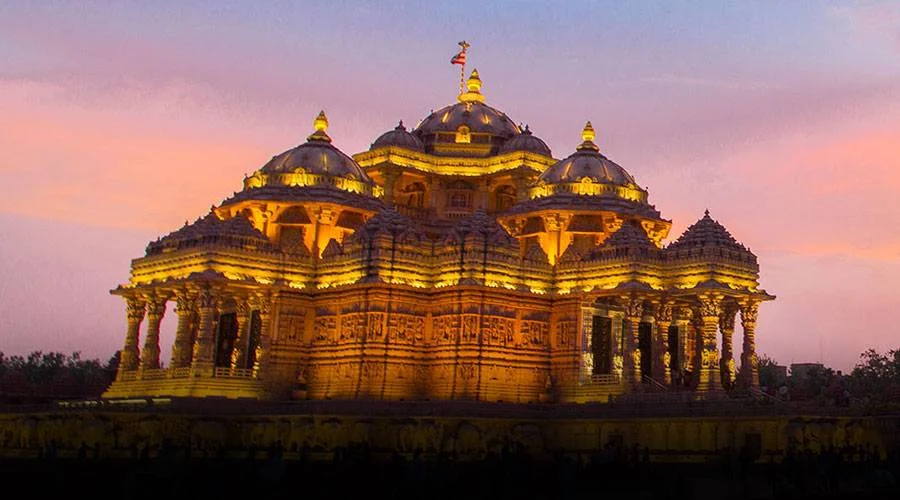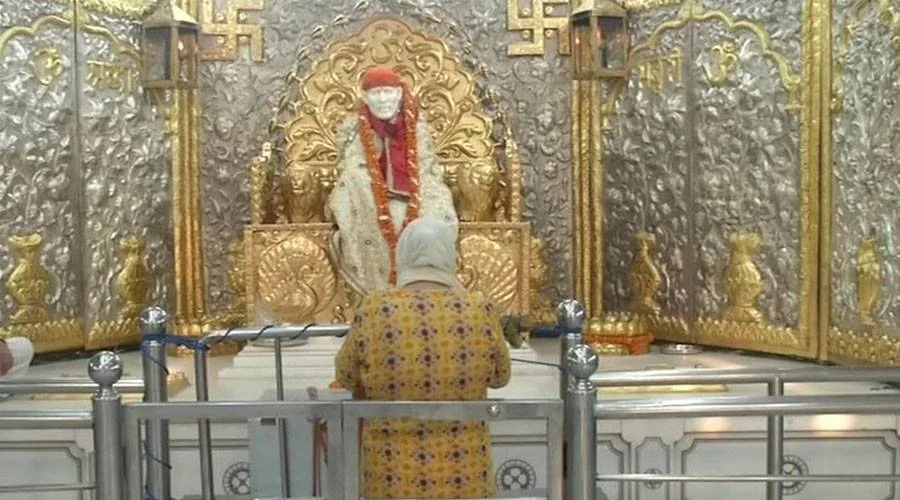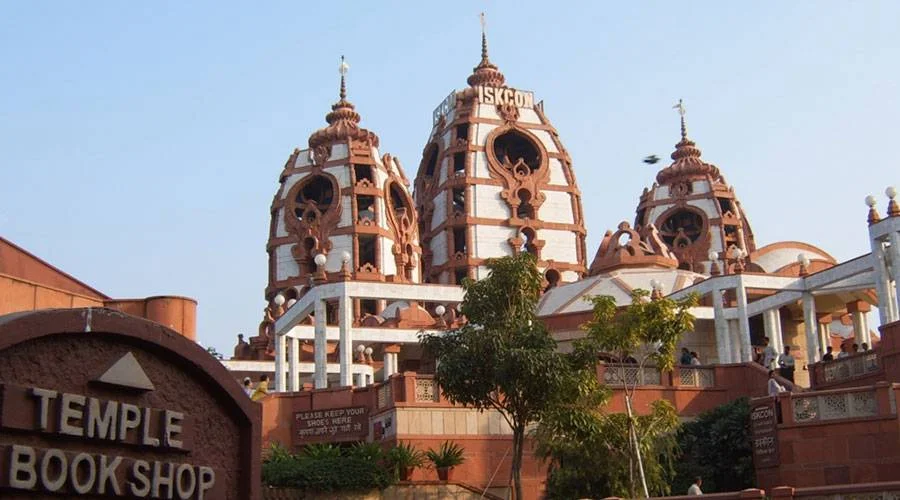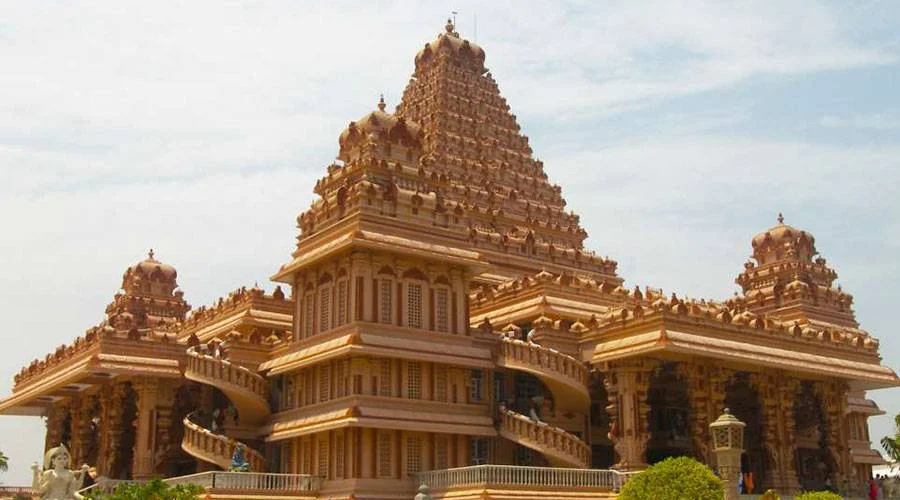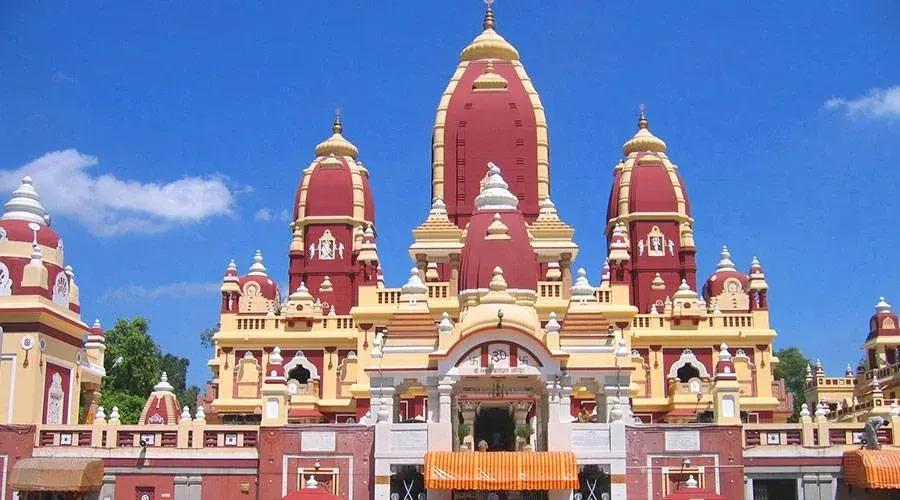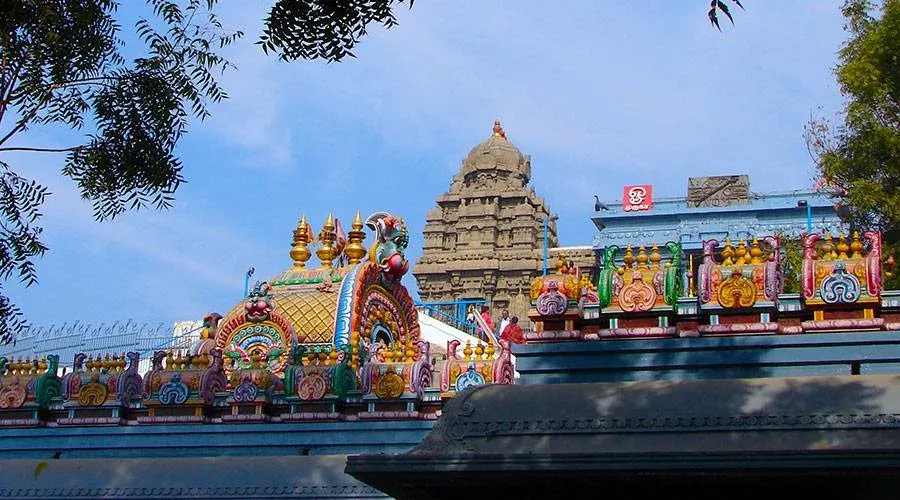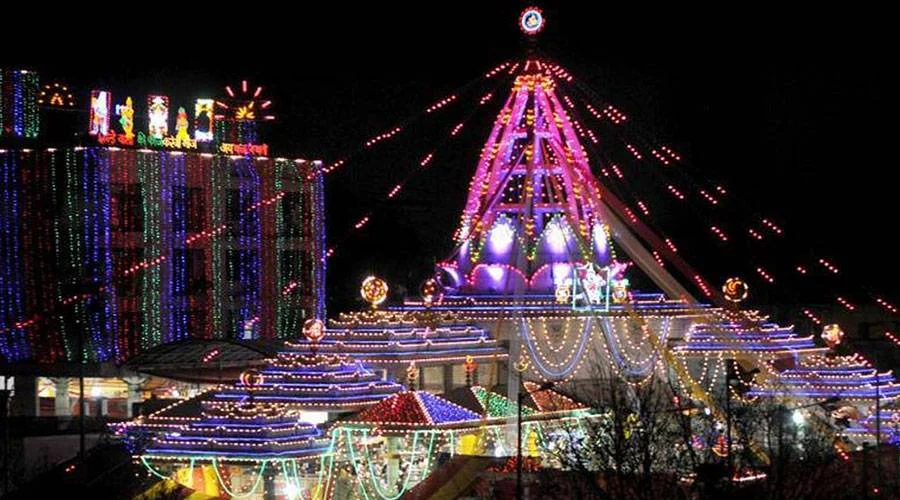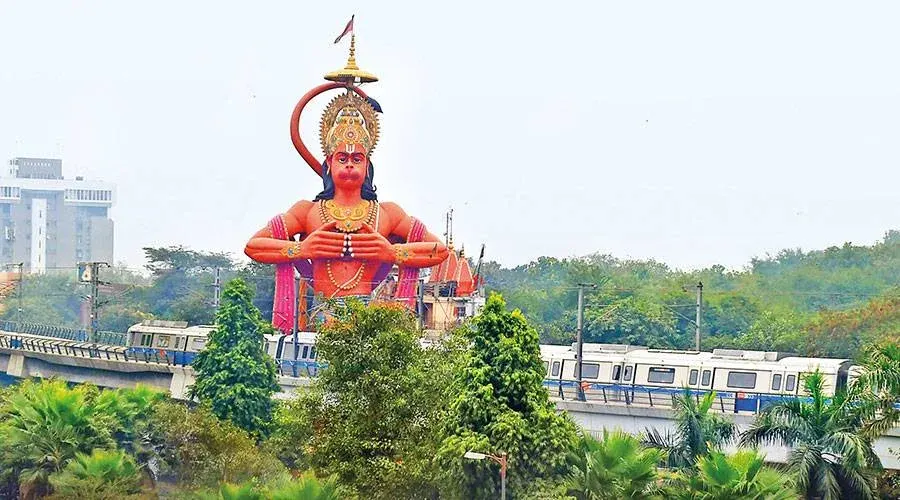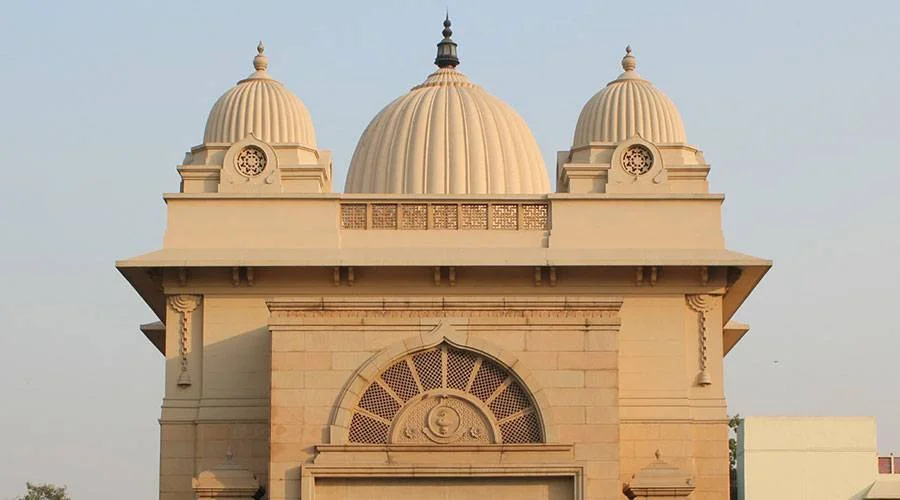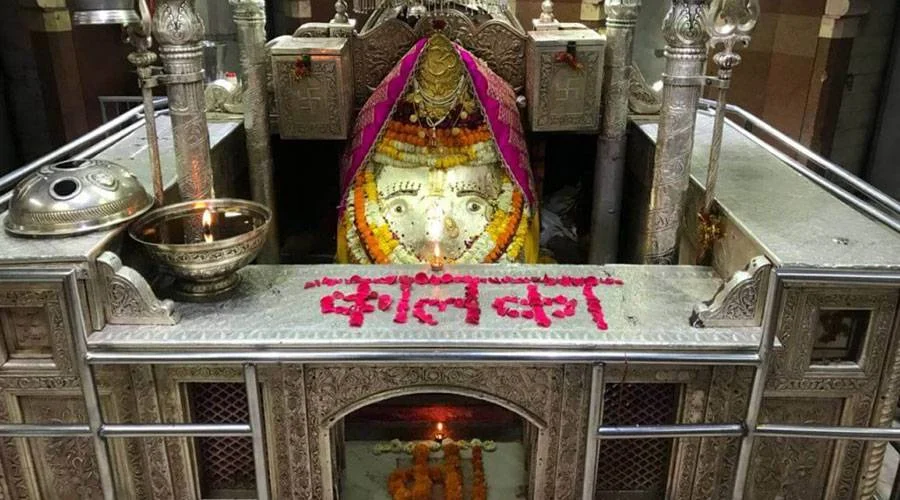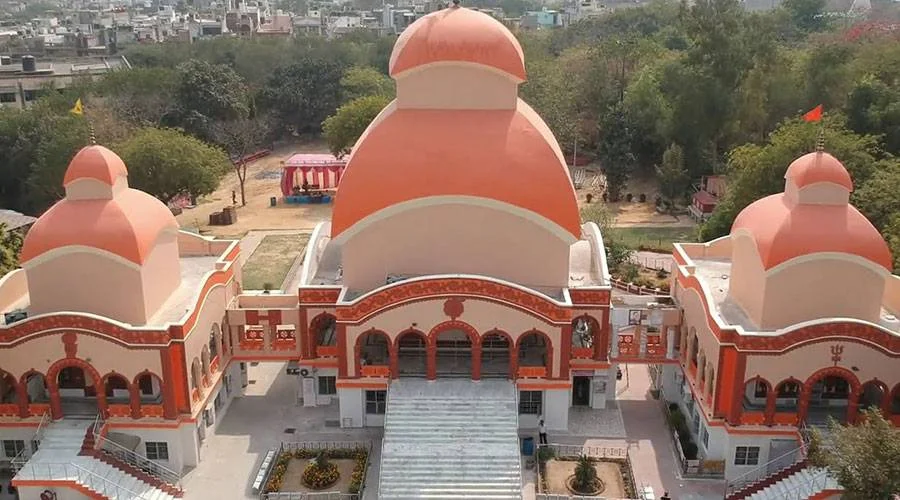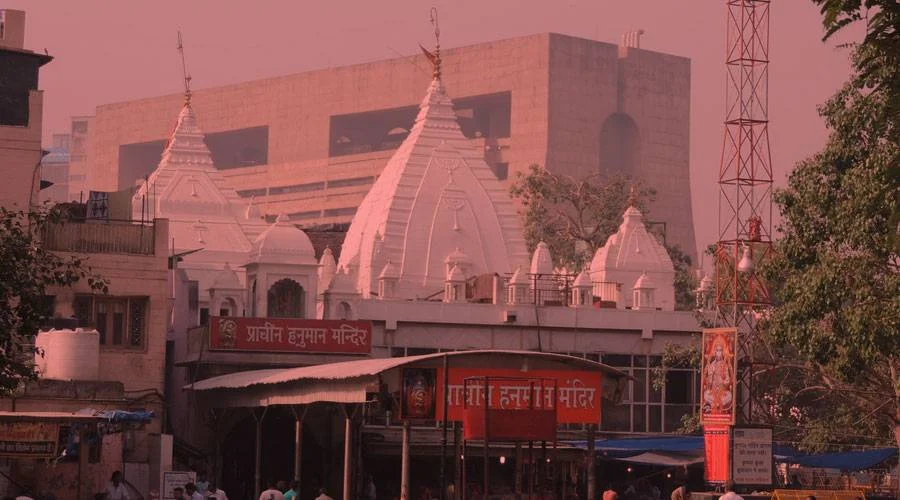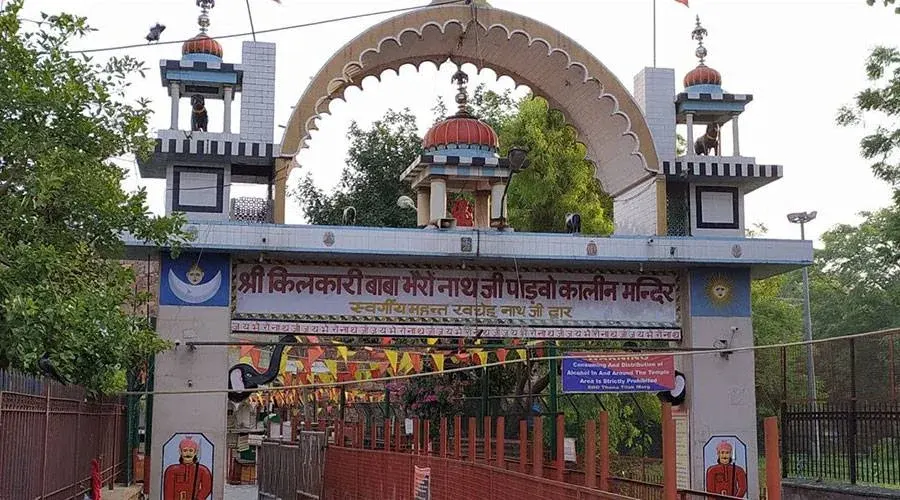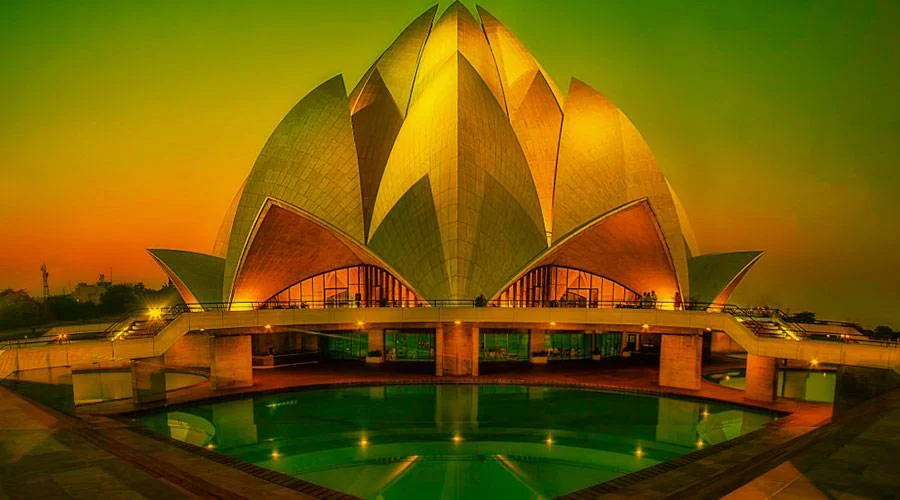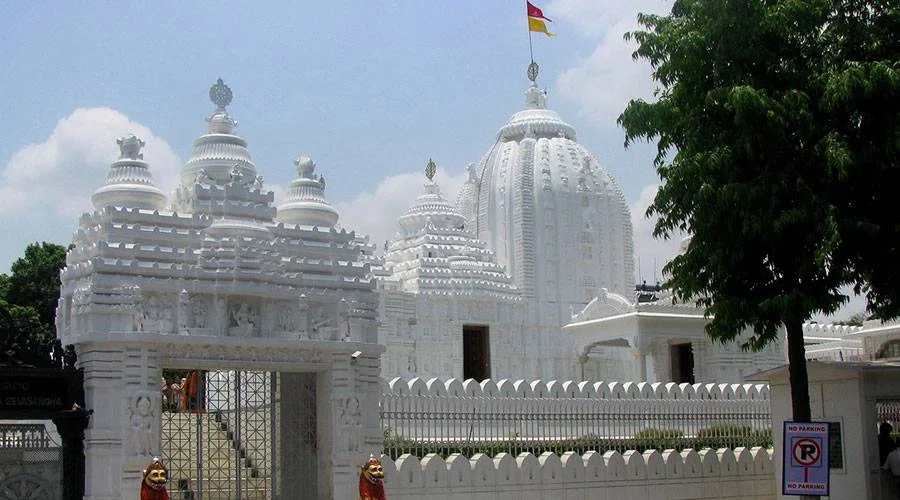Jantar Mantar, Delhi
An astronomical marvel situated right in the heart of the capital Delhi, Jantar Mantar is a phenomenal piece of architecture in the form of a sundial. Built-in 1724 by Maharaja Jai Singh II of Jaipur, it is among the five observatories, the biggest one located in Jaipur. The rest are in Ujjain, Varanasi, and Mathura. The prime motive of the observatory was to gauge and collate the astronomical charts, and to estimate the time by tracking the movements of the planets, moon, and sun. A spectacular specimen of astronomy from the past, Jantar Mantar doesn’t fail to impress even in this age.
Standing at 723 ft, the Jantar Mantar in Delhi comprises 13 astronomical instruments, and the most important of them are Misra yantra, Jaiprakash yantra, Samrat yantra, and Ram yantra. Painted in red, the observatory and its instruments have been mended and fixed over the years. The sundial is based on the ancient Egyptian Ptolemaic structure and adheres to the following celestial orders: the equatorial, the ecliptic, and the horizon-zenith local arrangement.
History
Jantar Mantar, New Delhi, is one of the five observatories built by Maharaja Jai Singh II of Jaipur in the year 1724. This time observatory was built after Mughal emperor Muhammad Shah allotted the task of re-examining the calendar and astronomical records to Maharaja Jai Singh II. This observatory completed the purpose of compiling astronomical records along with the task of estimating time and tracking the movement of celestial bodies such as the moon, sun, and other planets.
Architecture
The Mughal ruler, Muhamad Shah commissioned Maharaja Jai Singh II to reassess the astronomical calendars and charts after which the latter started constructing these sundials in different parts of the country. Jai Singh being well-informed on astronomy wanted to analyze the ancient Islamic calendars for a better evaluation of time. The aim behind these observatories was to predict the time with accuracy and track the planetary movement for information on the celestial bodies and phenomena. Here’s what the four main instruments in Delhi’s Jantar Mantar are for:
Misra Yantra The instrument translates to a mix which means that it is a combination of five instruments meant to work in tandem to assess the shortest and longest days in a year. It could also be used to note the time of noon in different cities around the world. The amazing instrument could tell when it was noon in any part of the world.
Samrat Yantra Also called the supreme instrument, the 70 ft high and 10 ft thick instrument is an equal hour sundial in the shape of a huge triangle. It’s the hypotenuse and is 128 ft in length and runs parallel to the earth’s axis pointing towards the North Pole. There are indications on either side depicting hours, seconds, and minutes. The Samrat yantra was unique as it facilitated in predicting the declination of celestial bodies which sundials of those times couldn’t.
Jaiprakash Yantra This one comprises hemispheres that are hollow and their conclave bodies with markings and attached crosswires stretched to meet the rims.
Rama Yantra These instruments were used to measure the altitude of planets depending on the position of the earth. This could happen with the two giant cylindrical models with an open-top surface.

